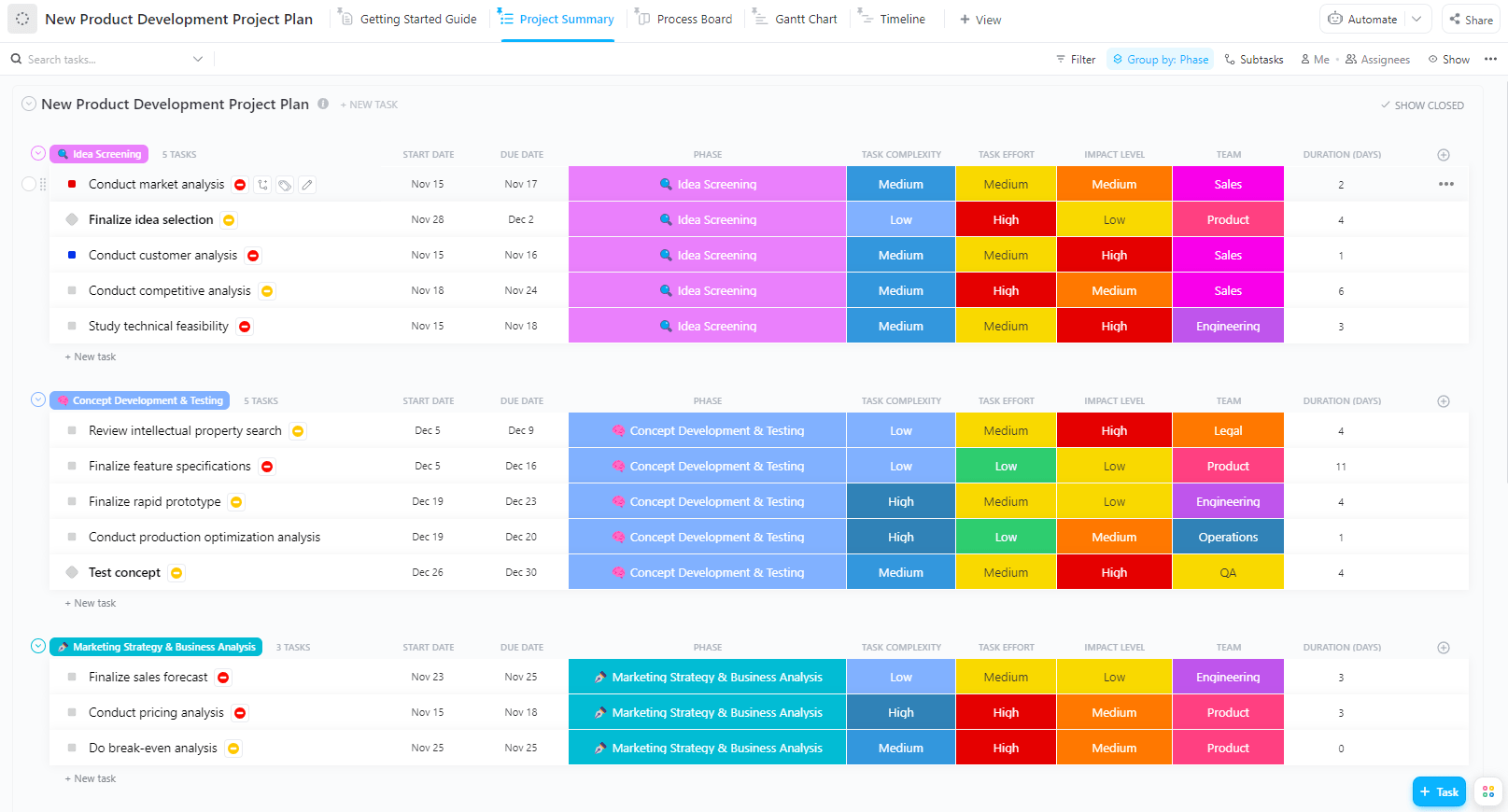Table of Links
Abstract and 1. Introduction
2. Related Work
3. Theoretical Lenses
3.1. Handoff Model
3.2. Boundary objects
4. Applying the Theoretical Lenses and 4.1 Handoff Triggers: New tech, new threats, new hype
4.2. Handoff Components: Shifting experts, techniques, and data
4.3. Handoff Modes: Abstraction and constrained expertise
4.4 Handoff Function: Interrogating the how and 4.5. Transparency artifacts at the boundaries: Spaghetti at the wall
5. Uncovering the Stakes of the Handoff
5.1. Confidentiality is the tip of the iceberg
5.2. Data Utility
5.3. Formalism
5.4. Transparency
5.5. Participation
6. Beyond the Census: Lessons for Transparency and Participation and 6.1 Lesson 1: The handoff lens is a critical tool for surfacing values
6.2 Lesson 2: Beware objects without experts
6.3 Lesson 3: Transparency and participation should center values and policy
7. Conclusion
8. Research Ethics and Social Impact
8.1. Ethical concerns
8.2. Positionality
8.3. Adverse impact statement
Acknowledgments and References
6 BEYOND THE CENSUS: LESSONS FOR TRANSPARENCY AND PARTICIPATION
Technological changes in a system are not only technical: they reconfigure the social, political, and organizational contexts in which they occur. Understanding these reconfigurations is crucial for responsible, trustworthy, and accountable systems. [79, 89]. We offer three lessons about how understanding these reconfigurations can enable meaningful governance, where transparency and participation interventions would otherwise fall short.
6.1 Lesson 1: The handoff lens is a critical tool for surfacing values
Applying of the handoff model in the census case enabled us to systematically untangle the daunting knot of actors, components, modes, functions, and values that were involved. In particular, the handoff model allows us to understand that the Census Bureau’s shift to DP did not merely produce a functionally equivalent disclosure avoidance system (DAS), preserving the core function of confidentiality protection. Instead, the shift toward DP was a deeper sociotechnical shift, reconfiguring the human and technical actors involved in the DAS and, ultimately, the values and forms of expertise embedded within this system. While working toward more accountable and trustworthy technology, it is critical to understand how the mere introduction of interventions– such as new efforts towards transparency and participation– may change the system in unintended ways. The handoff model can help us to identify these changes. For instance, the Census case reveals how the abandonment of ‘security by obscurity,’ intended as a win for transparency, precluded transparency along certain dimensions. The handoff model makes space for critical and complicated invocations of transparency and participation (§2), in realistic, on-the-ground contexts. We suggest the handoff model as a tool that can help researchers and technologists to systematically move lessons from critical algorithm studies into practice.
6.2 Lesson 2: Beware objects without experts
While the FAccT community has advocated for a range of artifacts as interventions toward transparency and participation [e.g., 51, 57, 88], these artifacts have largely been divorced from the contextual changes they introduce [89, 113]. In our case the Census Bureau invested significantly in such interventions towards transparency and participation. Going beyond simplistic information disclosures, they created an impressive variety of boundary objects through which stakeholders could negotiate decisions about the DAS (§4.5). Further, the Bureau implemented many considerations that members of the FAccT community (and beyond) have long advocated for: toward explainability through stakeholder education efforts, toward contextual transparency through products like the demonstration data, and toward contestability through ongoing dialogue and levers for change (namely, the value and allocation of the privacy budget). Despite the Bureau’s enormous efforts, however, these boundary objects were only partially successful in facilitating meaningful participation and accountability, and in some cases they ultimately undermined trust.
The mobilization of any given boundary object is dependent not only upon the object itself, but also upon the motivation and orientation of those brokers that span and connect communities [72]. The Bureau’s boundary objects were in need of trusted local experts to carry them across community divides. Nurturing such experts is not a trivial task. Yet without them, the collaborative outcomes for which boundary objects are created in the first place might never come to fruition. Future work should explore in more detail what effective boundary object brokerage might look like in practice. A too narrow focus on artifacts can overlook the processes needed to engage them.
As the Census Bureau case demonstrates, boundary objects cannot travel alone. The Bureau’s focus on creating boundary objects, however innovative, was insufficient to build trust and comprehension among a diverse ecosystem of stakeholders. The epistemological and disciplinary chasms separating the communities which the Census was attempting to bridge were just too wide [19]. We encourage the FAccT community to think about the expertise needed to shepherd and use such boundary objects effectively in order to broker meaningful trust and participation.
6.3 Lesson 3: Transparency and participation should center values and policy
Through our case study, we can expand theoretical critiques of transparency and participation to better understand tensions on the ground. We highlight complexity of actualizing transparency and participation in practice: despite efforts to solicit feedback over technical and design decisions, the Bureau faced criticism for not being sufficiently transparent or enabling sufficient participation. While the lessons from any one case is necessarily limited, we argue that a significant revelation from this case is that transparency efforts should not be purely about technical decisions, and that participation efforts should not be purely about design decisions. Rather, both transparency and participation efforts should foreground decisions about values. Importantly, providing transparency into technical decisions alone is not enough to reveal these values decisions. In fact, focusing on technical decisions can bound participation by making certain policy choices visible while neglecting others. In the Census Bureau’s adoption of DP, for instance, a narrow focus on the privacy-loss parameter, e, privileged the privacy-accuracy trade-off (and with narrow concep-tualizations of both privacy and accuracy). Meanwhile other value-laden policy levers-including how confidentiality should be conceptualized and operationalized, what data should be within the scope of the DAS protections and what should be held invariant, and how the Bureau might advance values like equity and collective benefit [24]-were often less visible and therefore less accessible to participation. We argue that by prioritizing the visibility of values and policy on the same level, or even above, the visibility of technical details, the FAcT community can better leverage transparency and participation toward accountability and trust.
Authors:
(1) AMINA A. ABDU, University of Michigan, USA;
(2) LAUREN M. CHAMBERS, University of California, Berkeley, USA;
(3) DEIRDRE K. MULLIGAN, University of California, Berkeley, USA;
(4) ABIGAIL Z. JACOBS, University of Michigan, USA.











